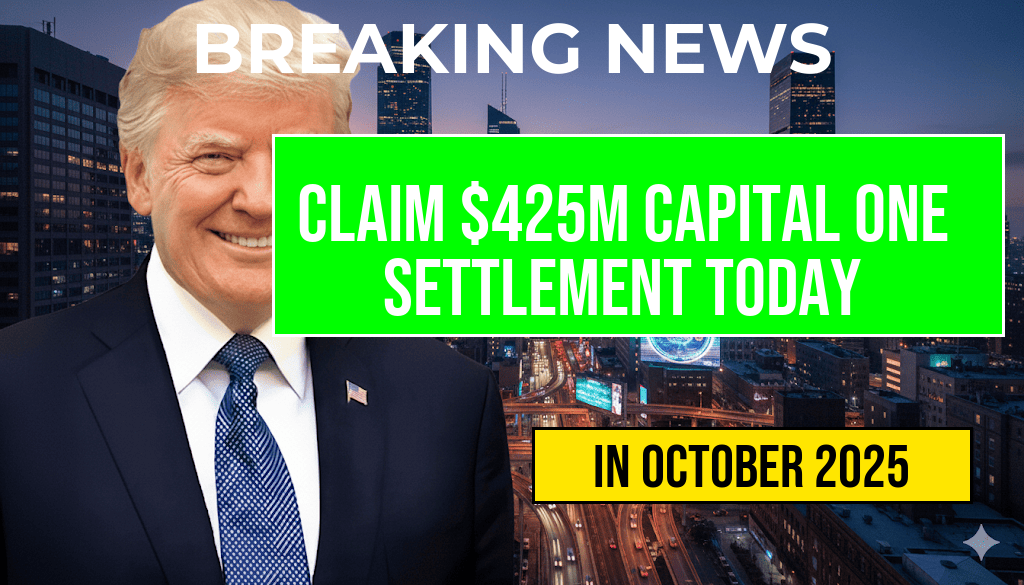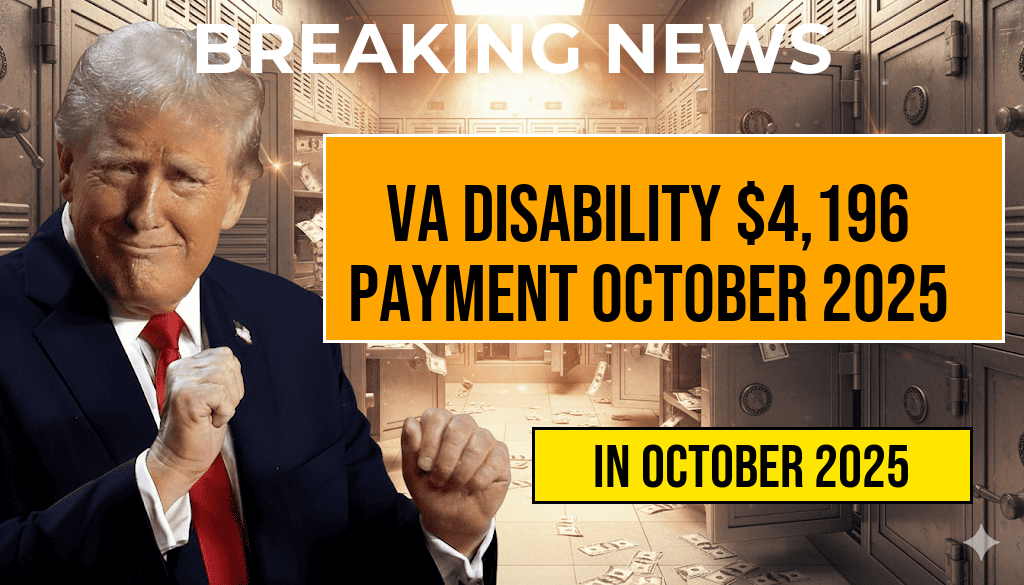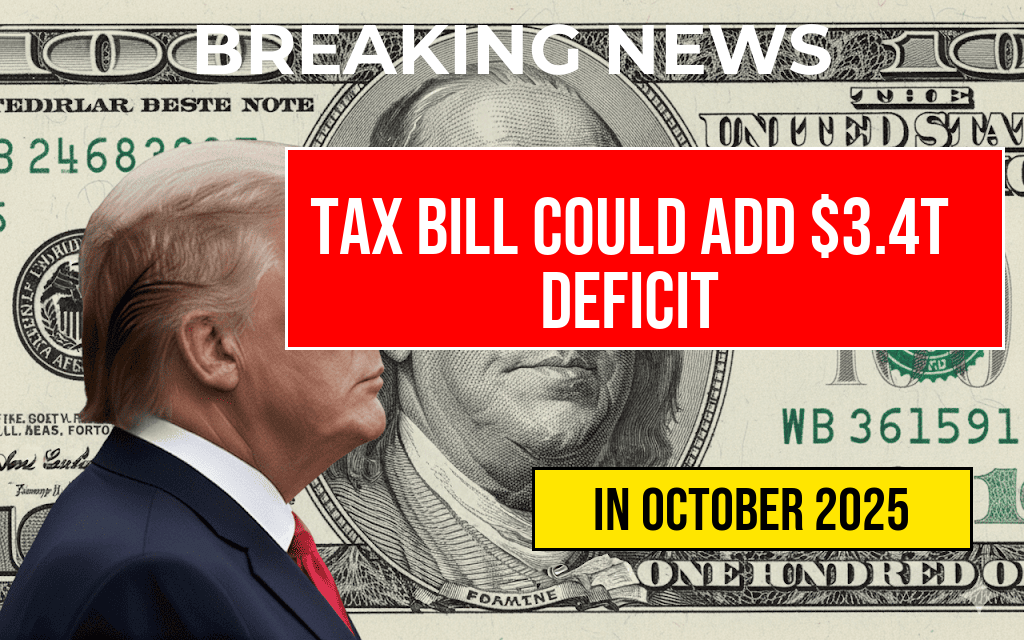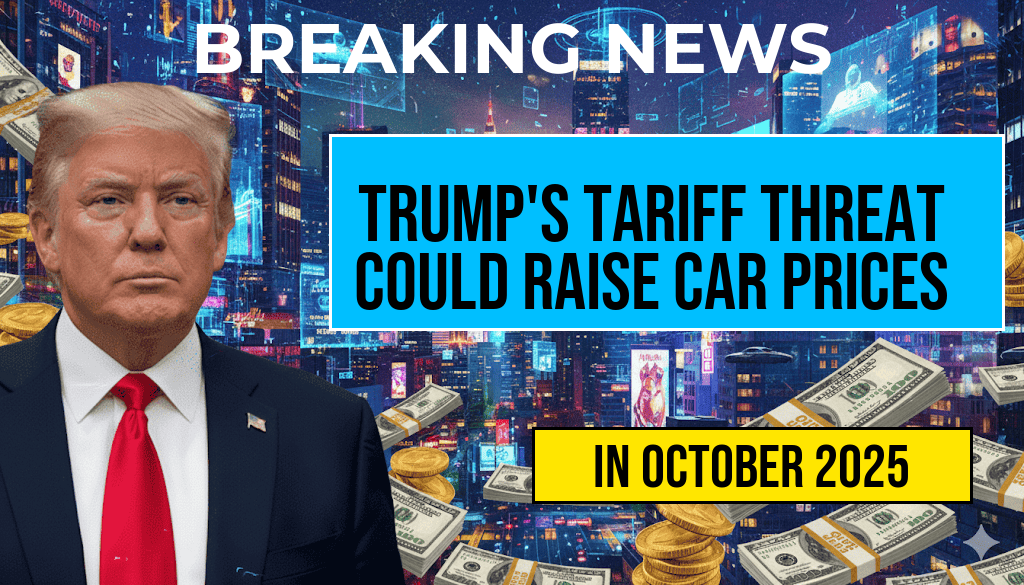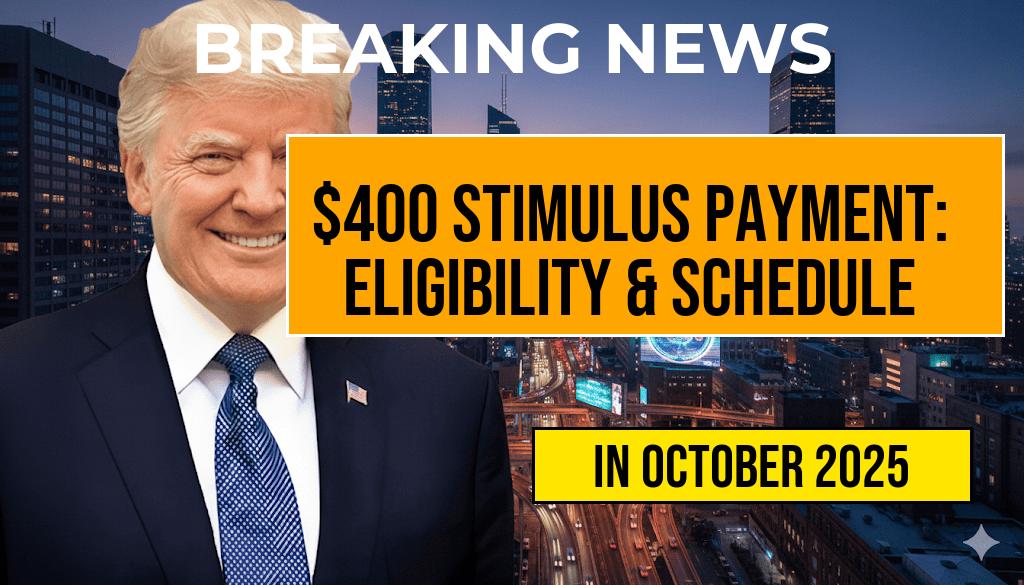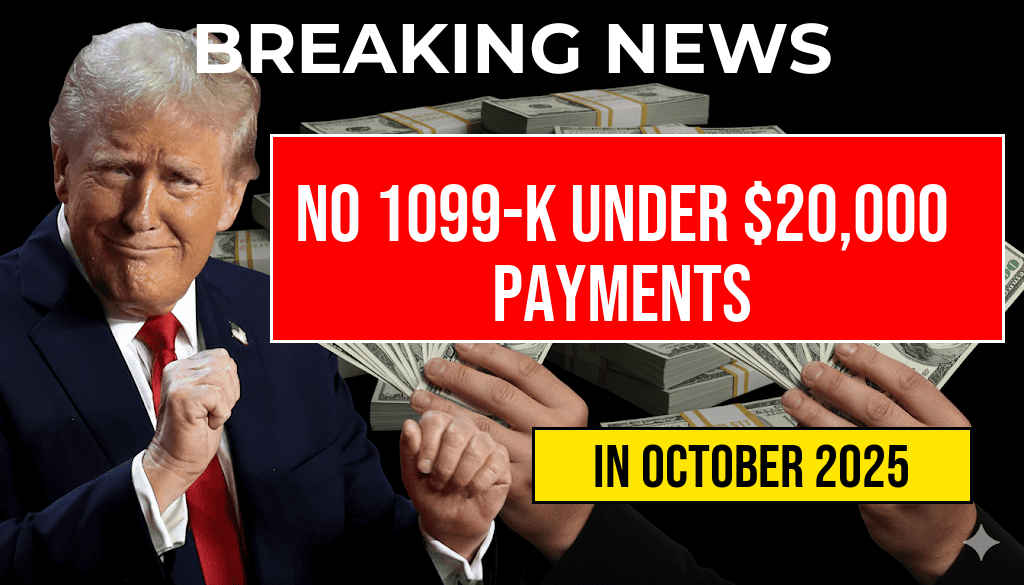Automakers and consumers are on alert as former President Donald Trump’s recent tariffs threats could significantly impact vehicle prices across the United States. If implemented, these measures could lead to an increase of up to $5,286 on the average new car, according to industry analysts. The potential tariff hikes are rooted in ongoing trade negotiations and protectionist policies that aim to reshape import and export costs for automotive components. With the U.S. automotive market already facing challenges such as supply chain disruptions and rising production costs, the prospect of additional tariffs introduces a new layer of uncertainty for both manufacturers and buyers. Industry experts warn that these proposed tariffs could result in higher consumer prices, reduced vehicle affordability, and increased financial strain on dealerships nationwide. As discussions continue, stakeholders are closely monitoring the implications of such trade policies on the future of vehicle pricing and availability.
Understanding the Proposed Tariff Changes
Background of the Tariff Threat
During his tenure, Donald Trump imposed various tariffs on imported goods as part of a broader strategy to bolster domestic manufacturing. While some tariffs were rolled back, recent statements suggest a renewed interest in using tariffs as leverage in trade negotiations, particularly concerning automotive imports and critical components like semiconductors and steel. The threat of new tariffs primarily targets vehicles and parts sourced from countries like China, Mexico, and the European Union, aiming to curb reliance on foreign supply chains and promote American manufacturing.
Potential Impact on Vehicle Prices
Industry estimates, including those from consulting firms and automotive associations, suggest that if tariffs are enacted at the levels discussed—ranging from 15% to 25%—the added cost could translate into substantial price hikes for consumers. Based on current vehicle prices, these tariffs could add between $2,000 to $5,286 to the cost of a typical new car. For context, the average transaction price of a new vehicle in the U.S. was approximately $45,000 in 2023. An increase of this magnitude would not only affect individual buyers but could also ripple through the entire automotive supply chain, affecting dealerships, financing, and fleet operators.
Industry Reactions and Market Expectations
Automaker Responses
- Major manufacturers have expressed concern about the potential for increased costs, emphasizing that higher prices could slow sales and hamper economic recovery efforts post-pandemic.
- Some companies are exploring contingency plans, including reshoring manufacturing facilities and diversifying supply sources to mitigate tariff impacts.
- Trade groups warn that punitive tariffs could lead to retaliatory measures from trading partners, further complicating international trade relations.
Consumer and Market Implications
Higher vehicle prices may lead to reduced affordability for many Americans, particularly those shopping in the mid- to lower-income brackets. Car buyers might delay purchases or opt for used vehicles, which could see increased demand and prices as new models become less accessible. Additionally, the potential for increased costs could slow the pace of new vehicle sales, impacting automakers’ revenue and employment levels within the industry.
Economic and Policy Considerations
Trade Policy and Domestic Manufacturing
Proponents of tariffs argue that such measures protect American jobs and foster domestic manufacturing growth. However, critics contend that tariffs often lead to higher consumer costs and trade tensions that can damage international relationships. The Biden administration has maintained a focus on supply chain resilience and fair trade, but recent threats indicate that tariff policies remain a contentious tool in economic strategy.
Potential Legislative and Diplomatic Responses
Congressional leaders and industry stakeholders are urging a cautious approach, emphasizing the importance of balancing trade policies with economic stability. Negotiations are ongoing, with some officials advocating for targeted tariffs that address specific issues without broad market disruptions. Diplomatic channels continue to be active, aiming to resolve trade disputes without resorting to measures that could significantly inflate vehicle prices.
Summary of Estimated Price Impact
| Tariff Level | Estimated Additional Cost | Percentage Increase |
|---|---|---|
| 15% | $2,000 | 4.4% |
| 20% | $3,000 | 6.7% |
| 25% | $5,286 | 11.7% |
As the debate over tariffs continues, consumers and industry players alike are bracing for potential shifts in vehicle pricing and availability. The outcome of these trade discussions will likely influence the automotive landscape well into the coming years, underscoring the importance of strategic planning and policy clarity in navigating these uncertain economic waters.
Frequently Asked Questions
What is the main concern regarding Trump’s tariff threat on new cars?
The primary concern is that tariff threats could lead to an increase in vehicle prices by up to $5,286, making new cars less affordable for consumers.
How might tariffs impact the overall car market and consumer prices?
Tariffs on imported vehicles or parts can increase manufacturing costs, which may be passed on to buyers, resulting in higher prices and potentially reducing sales and market competitiveness.
Which vehicles are most likely to be affected by these tariffs?
Vehicles that rely heavily on imported parts or are imported themselves are most vulnerable, especially foreign-made models from countries like Japan, Germany, and South Korea.
Could these tariffs influence car manufacturers to shift production?
Yes, in response to increased tariffs, manufacturers might consider shifting production facilities to countries with lower tariffs or closer to the U.S. market to mitigate cost increases.
What should consumers consider given the potential price hikes?
Consumers planning to buy a new vehicle should consider timing their purchase, as price increases could make buying sooner more advantageous before tariffs take full effect.

